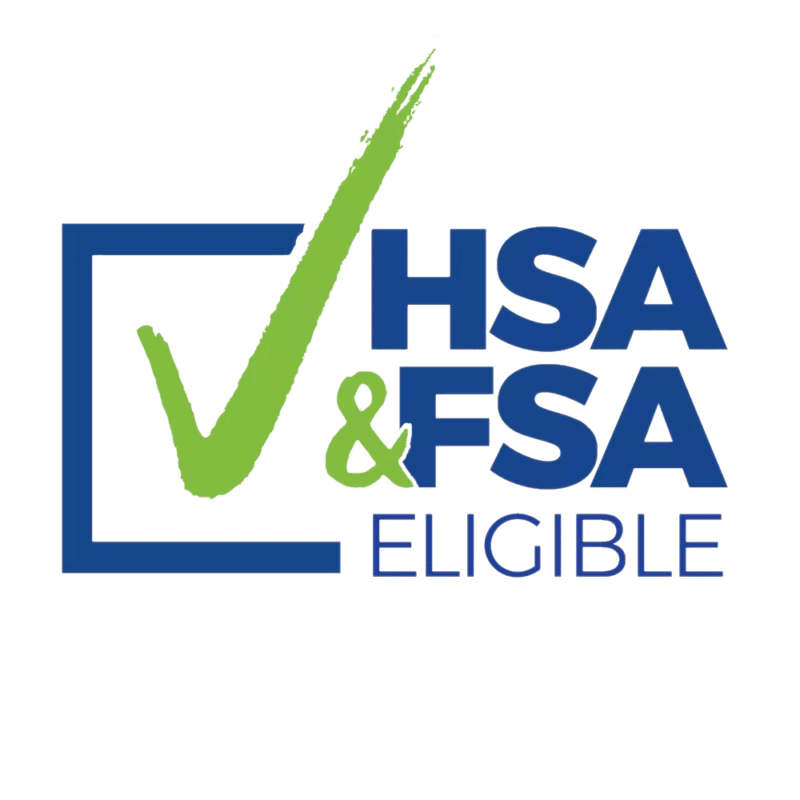AED's
Buying Guide: AED for Business – What You Need to Know
Automated External Defibrillators, commonly referred to as AEDs, have become indispensable safety devices in workplaces worldwide, including UAE businesses of all sizes. Businesses of all types increasingly recognize the significance of having AEDs on site to save lives during cardiac emergencies like sudden cardiac arrest (SCA). Sudden cardiac arrest (SCA) can strike anyone at any time, anywhere, and immediate defibrillation significantly improves survival chances; companies operating out of Dubai or Abu Dhabi in the UAE require procuring appropriate AED devices as both responsible and regulatory requirements.
This buying guide will assist in understanding what an AED is, its function in your workplace environment, and the best methods and equipment available for selecting, purchasing, and maintaining one for use at your worksite.
AEDs in the Workplace
Sudden cardiac arrest (SCA) is a potentially life-threatening medical event in which an unbeatably beating heart suddenly stops working properly, cutting off blood flow to vital organs, including the brain. Without immediate medical intervention, death could occur within minutes without intervention. Emergency services may take some time before arriving; however, using an AED by trained personnel or laypeople could restore heart rhythms and save lives.
Workplaces can be stressful environments where many employees spend a considerable portion of their day; emergencies may arise at any moment. Installing AEDs into your business premises ensures you will be ready for cardiac incidents that arise while providing timely aid until professional medical help arrives. UAE’s Health Authorities encourage AED placement as part of an overall health and safety initiative.
Legal and Regulatory Requirements for AEDs in the UAE
Over time, UAE governments and local health authorities have increased emphasis on workplace safety and emergency preparedness, mandating AED installations on-site for certain industries or sizes of business depending on industry/size requirements; for example large commercial buildings such as malls/malls, hotels/hotel chains/motels as well as schools/healthcare facilities increasingly must have installed AEDs with trained personnel on how best to use them.
Though there may not yet be one universally binding national law that covers businesses of all types in Dubai and Abu Dhabi, numerous free zones and local jurisdictions in these cities have guidelines regarding AED deployment as part of occupational health and safety compliance. Being proactive about procuring AEDs will allow your business to avoid penalties while guaranteeing staff safety and showing corporate social responsibility.
Key Features to Consider when Selecting an AED
Finding an appropriate AED requires taking into account several key features that affect usability, reliability, and maintenance requirements of each model available on the market today.
- At first, ease of use should always come first. Look for devices with clear voice prompts, straightforward button layouts, and visual indicators that guide even untrained individuals through the rescue process. AEDs designed specifically for public and workplace settings tend to be user-friendly, so anyone can operate them if an emergency arises.
- Portability should also be given careful thought; depending on the size and number of AEDs that will be installed at your facility, lightweight yet compact designs provide for easier transport to victims – particularly within large buildings or outdoor settings.
- Battery and electrode pad life expectancies play an integral part in how often AED components need servicing or replacement; some AED models come equipped with long-life batteries and pads with extended expiration dates to reduce maintenance costs and maintenance fees.
- Other features such as CPR coaching, data storage for emergency event recording, and waterproofing could prove highly advantageous depending on your business environment.
Different Types of AEDs Suited for Commercial Use
Automated External Defibrillators, commonly referred to as AEDs, come in various models designed for specific settings and user expertise levels. Semi-automatic models require users to press a shock button after analysing heart rhythm; in comparison, fully automatic AEDs administer shock automatically once a shockable rhythm is identified by their device.
Semi-automatic AEDs tend to be best in most workplaces due to their balance between control and safety; however, fully automatic devices may be suitable in locations with frequent visitors or limited staff training requirements.
Some AEDs come equipped with special pediatric modes or pads designed specifically to cater to children – this feature could prove essential if your business provides family or childcare services.
Wireless AEDs connected to cloud platforms allow remote monitoring and automated maintenance alerts on device status, providing greater convenience for larger enterprises managing multiple AEDs.
How to Determine How Many AEDs Your Business Requires
Determining how many AEDs for business requires depends on several variables, such as its size and layout, employee numbers, and visitors, as well as your business activities.
Large facilities with multiple floors or distant areas may require multiple AEDs to respond quickly during an emergency. A general guideline suggests an AED should be reachable from anywhere within three minutes from any point within their facilities.
Businesses with outdoor areas or multiple branches should ensure each has access to AEDs at all times. Consulting safety experts or AED suppliers for advice will allow a risk evaluation, along with recommendations of ideal quantities and placement of AEDs.
Where Can Businesses in the UAE Purchase AEDs
When purchasing AEDs for use within your UAE business, they must come from trusted vendors with certified devices compliant with international standards such as those set forth by the American Heart Association or the European Resuscitation Council guidelines.
Dubai, Abu Dhabi, and other emirates provide AED installation, training, and maintenance services from authorized dealers who guarantee genuine products with warranties as well as customer support services.
Avoid AEDs that are low-cost or unverified, as their reliability may put lives in peril.
Training Your Staff and Maintaining AEDs
Owning an AED is only the first step; for effective use to occur, it requires staff training to build confidence in operating it during an emergency. Many suppliers offer CPR/AED courses specifically tailored towards workplace teams.
Maintaining AED units requires ongoing care. This should include checking battery status, electrode pad expiration dates, and software updates, as well as conducting periodic test runs – many modern AEDs contain built-in self-check features to detect issues quickly.
Establishing and assigning maintenance responsibilities within your organization ensures that AED devices will always remain available when they’re needed.
Integrating AEDs Into Your Emergency Plans
An AED should form part of any comprehensive emergency response strategy for businesses. Your emergency plan should provide clear procedures on who should contact, how and when to use an AED, perform CPR, and coordinate with emergency medical services.
Regular drills and refresher training sessions help maintain awareness and readiness, with signs displaying AED locations and first aid kits providing quick responses in times of emergency. Integrating AED use into your overall health and safety culture increases employee trust while potentially saving lives.
Long-Term Benefits of Investing in AEDs for Business
Beyond compliance requirements, investing in AEDs offers long-term advantages for businesses. Aside from regulatory requirements, investing in AEDs brings tangible advantages such as enhanced workplace safety, higher employee morale, and an enhanced corporate image – not least by showing an affinity towards health and wellbeing issues, which is an attractive asset when recruiting talent and retaining existing staff members.
An AED can make all the difference during emergencies and turn bystanders into lifesavers – providing peace of mind to any business owner who invests in one.
Conclusion
AEDs are lifesaving devices every business in the UAE should consider purchasing. By understanding their importance, legal framework, and key purchasing considerations, you can ensure you select an AED that’s appropriate for your workplace environment.
By investing in certified devices, training staff on using them, maintaining equipment regularly, and including AEDs as part of your emergency response plan, you are protecting employees, customers, and visitors alike. AED investments not only fulfill regulatory or safety measures; rather, they represent an ongoing dedication to saving human lives.






